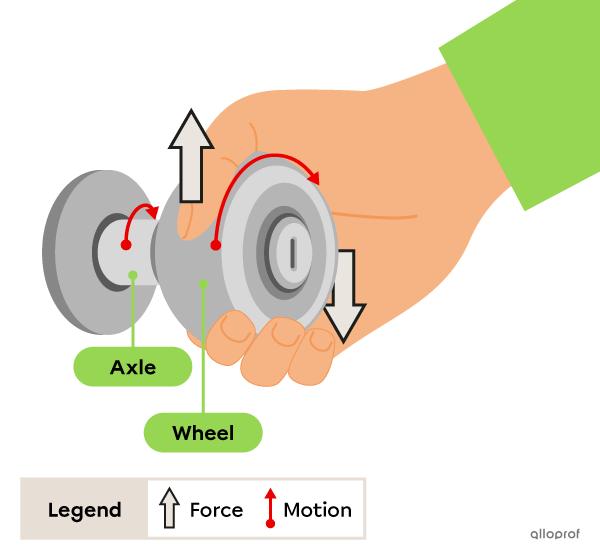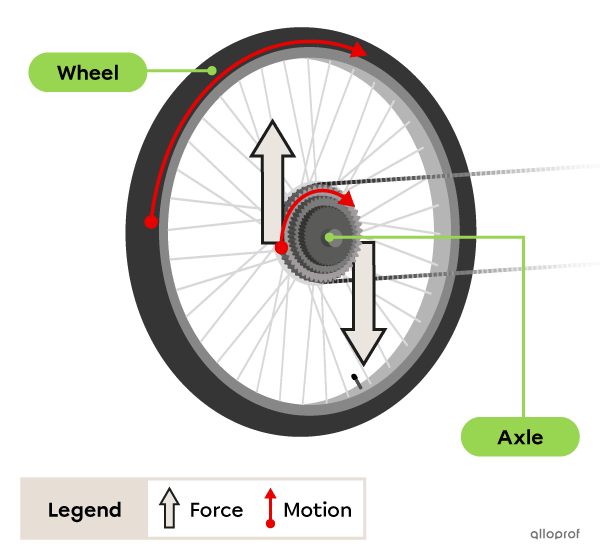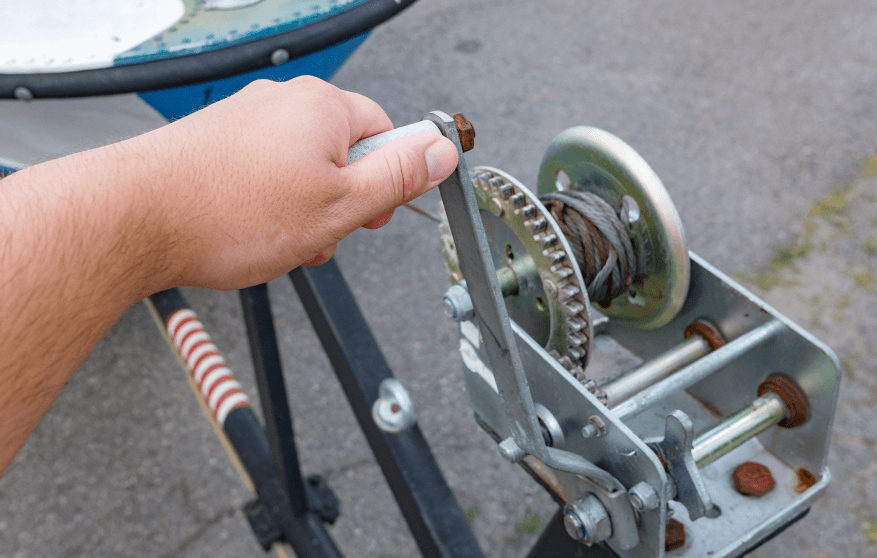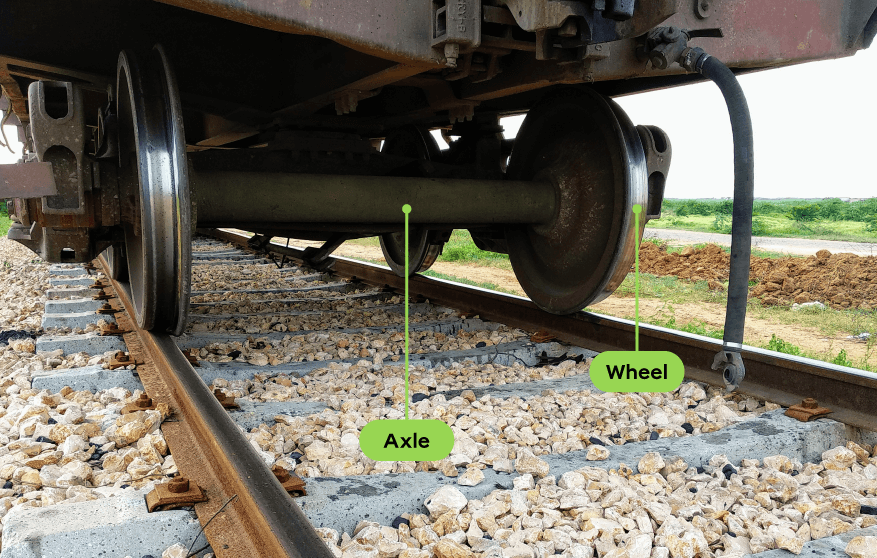The wheel is a simple machine in the lever family. It consists of a rigid wheel, which pivots around a fixed point, the centre of the axle.
This simple machine uses the difference in diameter between the wheel and the axle to reduce the effort force and make the work easier.
The effort force, or the driving force, can be applied to either the wheel or the axle.
When a force is applied to the wheel, the following can be observed:
-
The bigger the wheel relative to the axle, the smaller the force to be applied.
-
A big motion of the wheel results in a small motion of the axle.

In a door handle, the force is applied to the wheel. The larger the diameter of the handle relative to the axle, the smaller the force to be applied, but the smaller the motion of the axle.
When a force is applied to the axle, the following can be observed:
-
The bigger the wheel relative to the axle, the greater the force to be applied.
-
A small motion of the axle results in a big motion of the wheel.

In a bicycle wheel, force is applied to the crankset, which is transmitted to the axle of the rear wheel. The larger the diameter of the wheel relative to the axle, the greater the force to be applied, but the greater the motion of the wheel.
The wheel is therefore used to reduce the force required to do a job or to increase the motion of the load.
The winch reduces the force required to wrap a rope around the axle. A large motion of the handle results in a small motion of the axle.
Many means of transportation use the great force of an engine to turn an axle, which increases the rotation of the wheel and the distance covered.

